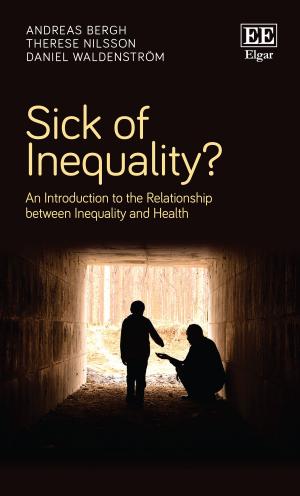The Water-Sustainable City
Science, Policy and Practice
Nonfiction, Science & Nature, Nature, Environment, Natural Resources, Business & Finance, Economics, Sustainable Development| Author: | David L. Feldman | ISBN: | 9781783478576 |
| Publisher: | Edward Elgar Publishing | Publication: | January 27, 2017 |
| Imprint: | Language: | English |
| Author: | David L. Feldman |
| ISBN: | 9781783478576 |
| Publisher: | Edward Elgar Publishing |
| Publication: | January 27, 2017 |
| Imprint: | |
| Language: | English |
Cities place enormous pressures on freshwater quality and availability because they are often located some distance from the water sources needed by their populations. This fact compels planners to build infrastructure to divert water from increasingly distant outlying rural areas, thus disrupting their social fabric and environment. In addition, increasing urbanization due to population growth, economic change, and sprawl places huge burdens upon the institutions, as well as the infrastructure, that deliver, protect, and treat urban water. This book assesses the challenges facing the world’s cities in providing reliable, safe, and plentiful supplies through infrastructural, economic, legal, and political strategies.
Cities place enormous pressures on freshwater quality and availability because they are often located some distance from the water sources needed by their populations. This fact compels planners to build infrastructure to divert water from increasingly distant outlying rural areas, thus disrupting their social fabric and environment. In addition, increasing urbanization due to population growth, economic change, and sprawl places huge burdens upon the institutions, as well as the infrastructure, that deliver, protect, and treat urban water. This book assesses the challenges facing the world’s cities in providing reliable, safe, and plentiful supplies through infrastructural, economic, legal, and political strategies.















